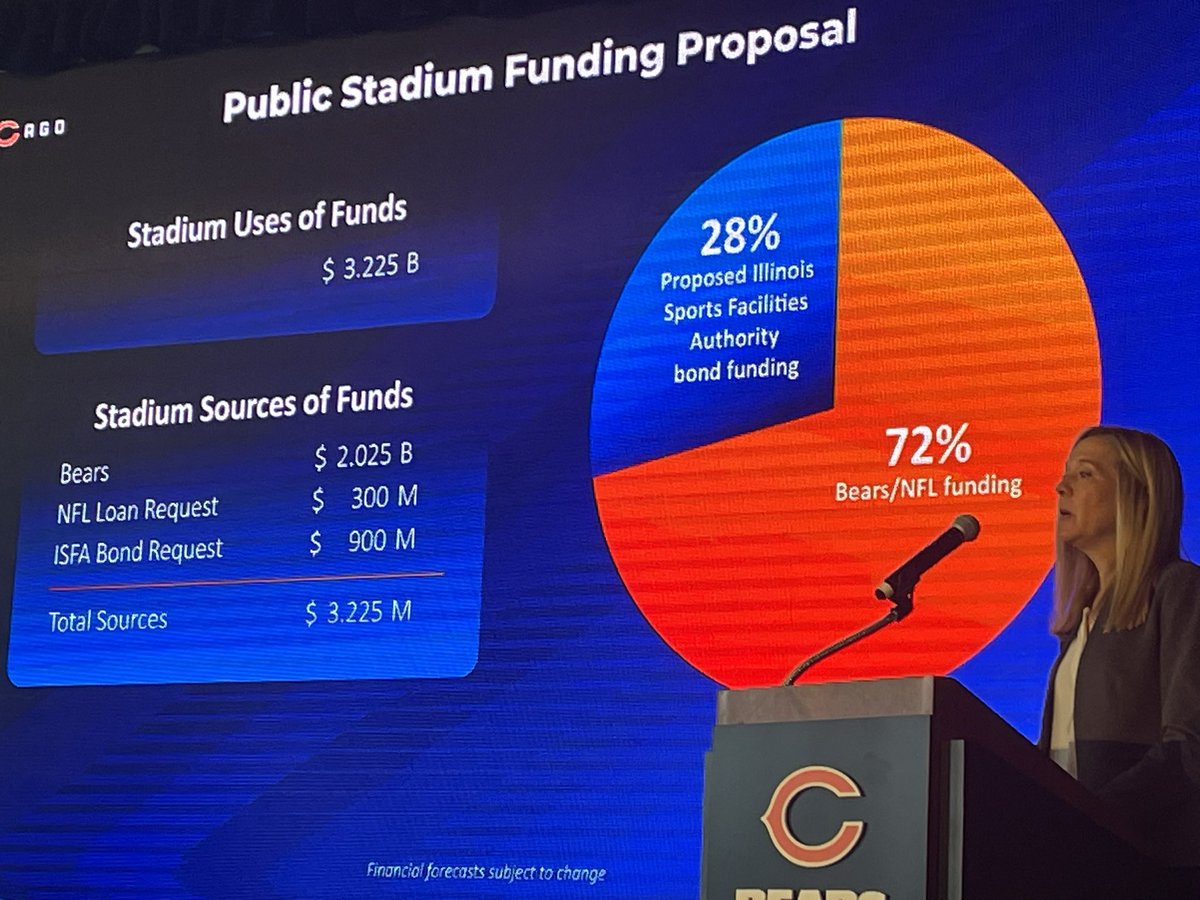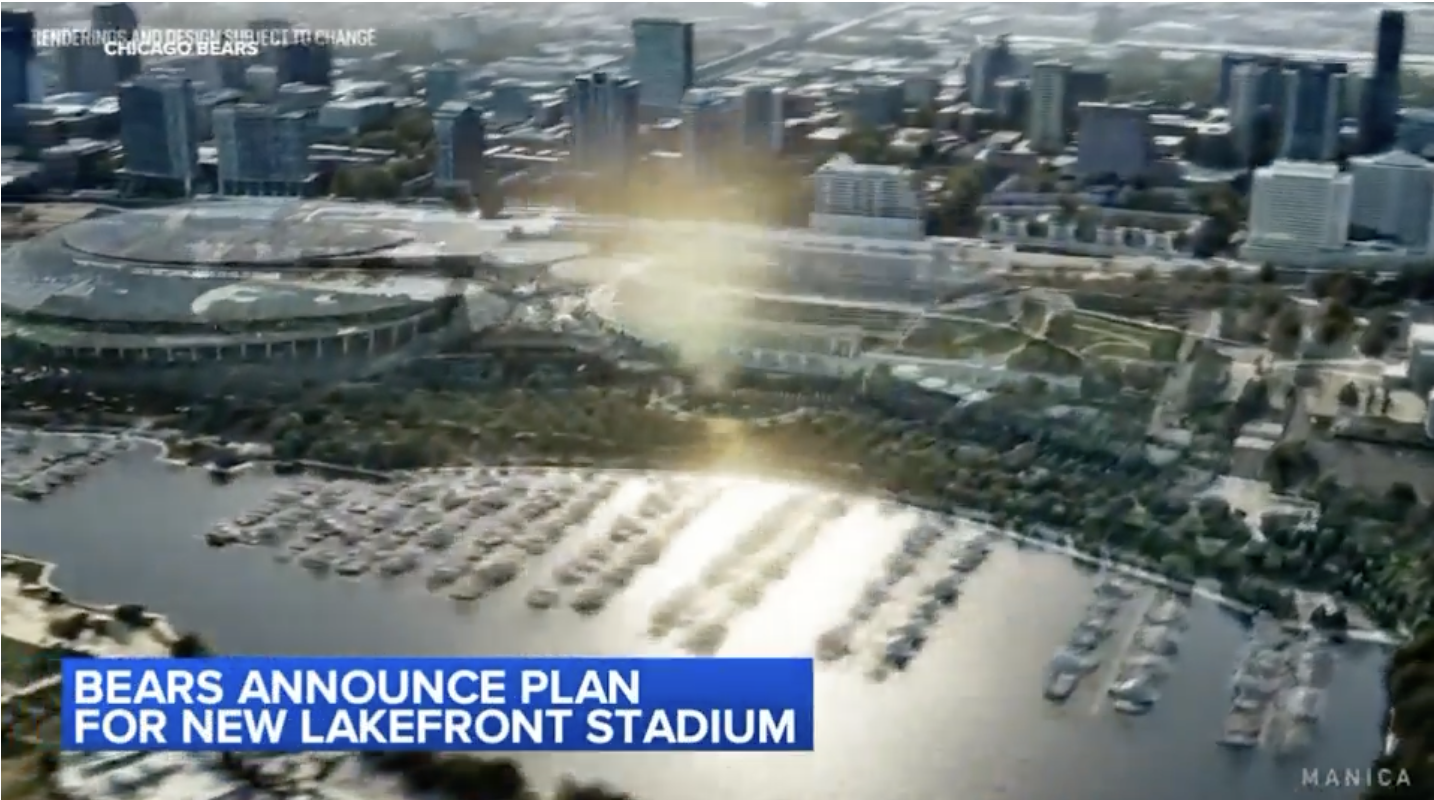Before we get to the news: I hope that those of you who enjoy using dark mode are enjoying the new dark mode plugin I installed this week (DarkMySite, if anyone cares), which seems, unlike the old one, to actually mostly work. If you haven’t tried it out and want to, click the little moon symbol at bottom right and take a load off your eyes!
Also, a special shoutout to a couple of FoS readers (unnamed, but you know who you are) who either sent in a large lump sum of cash or upped their monthly Patreon pledge for no reason at all in the last week. As I forget if I explicitly mentioned, I quit my previous day job last month, which should give me more time to devote to this site; and while I do have a new regular gig that seems promising, every step towards making this site self-sustaining is hugely helpful, so a huge thanks to all you supporters, at any level. (And for those who haven’t yet taken the plunge: There are still about a dozen more Vaportecture art prints, get ’em before they’re gone!)
Okay, enough of that, time’s a-wasting and there’s a whole week of news remainders to dig through:
- The fallout continues from the Chicago Bears owners’ $2.6 billion stadium subsidy demand (see the updates for the math behind the updated figure), with so much more today that we’re going to have to break out the second level of bullet points:
- Chicago Mayor Brandon Johnson says it’s no contradiction that he said during his mayoral race that the city shouldn’t spend billions of dollars on a Bears stadium when there were “dozens of other urgent needs” and now thinks this is a great idea, on the grounds that he, a “middle child” from a “working-class family,” got to talk to billionaires and make sure they put some “skin in the game” and also the stadium will be “transformational” and “the Bears are staying in Chicago” and “the type of economic development this project brings” and “14 more acres of space for our children in the city of Chicago to benefit from.” Is all that the best use of $2.6 billion? I’m sorry, we’re out of time for questions, thank you for coming.
- The Chicago Sun-Times editorial board did get a chance to ask Bears CEO Kevin Warren what would happen if the team got its $1.225 billion in taxpayer money for the stadium and nobody came up with another $1.175 billion to build new underground garages and park space, and Warren replied: “I’m not going to think negatively about that now. … If that’s the conclusion that … you want to reach now, then you can say that. I’m being positive about it … and being very transparent as far as what we need from the different three phases with this stadium project.” So, optional when projecting the city’s costs, not optional in the sense that you don’t want to go there in terms of what happens if the city doesn’t come up with another billion-plus dollars, got it.
- Illinois Gov. J.B. Pritzker reiterated yesterday that he’s agin’ the whole kit and kaboodle, saying: “I’m skeptical of the proposal that was put forward and I’m even more skeptical of the ability to get enough votes for it in the General Assembly.”
- Chicago Sun-Times columnist David Roeder suggests that if the Bears (and White Sox) want public money, they should give the public a cut of ownership of the team, though some stick-in-the-mud (okay, it’s me) points out that sports leagues love nothing more than to head off the possibility of public ownership, even blocking one-time San Diego Padres owner Joan Kroc from gifting her team to the city of San Diego on the grounds that that just isn’t done.
- Way back in 2019, the Indiana state legislature approved giving $112 million toward a new soccer stadium for the Indy Eleven soccer team, provided owner Ersal Ozdemir got his team promoted from the USL to MLS. At the time, this seemed like an easy enough lift, since all the other kids were doing it, but it hasn’t happened yet, and now apparently Indianapolis mayor Joe Hogsett has gotten tired of waiting, announcing that he’s putting in a bid with another ownership group to get an MLS expansion team, using the same tax kickbacks that Ozdemir was looking to get. Ozdemir, who already broke ground on his stadium site last year, though it’s unclear if he’s actually started construction, is naturally enough extremely unhappy with this latest news, accusing Hogsett of “preparing to walk away” from “years of good-faith negotiations” and instead give the public money to some other soccer guy instead of him. Will there be lawsuits? Stay tuned!
- A “hotel entrepreneur and former longtime Kansas City resident” got space on the Kansas City Star op-ed page to argue that Kansas Citians who voted against a tax subsidy for Royals and Chiefs stadiums missed an opportunity to become like Denver, where “the Coors Field development inspired a stunning downtown renaissance” where “dozens of restaurants, bars and clubs opened to serve crowds before and after the 81 hometown games each year.” I once again wish that I still had a copy of the chart someone once showed me that indicated that most of the development starts in Denver’s LoDo district actually preceded the construction of the Rockies stadium; if I can dig it up, I’ll post it here as an update.
- The Arizona state senate is considering a bill to allow the state to approve “theme park districts” like the one Alex Meruelo wants for a Coyotes 2.0 arena, without city governments weighing in. (It did so by virtue of hollowing out an already-state-house-approved bill to give first responders access to treatment for PTSD and inserting theme park district language instead, which Arizona calls a “strike everything amendment” but “zombie bill” is a much better name.) This could make it easier for Meruelo to have the state levy a sales tax surcharge in his arena district that would be kicked back to him for construction costs; we’ll have to wait and see what the state senate thinks of it.
- Buffalo Bills owners Terry and Kim Pegula may sell up to a quarter of their team to help raise money for their share of a new stadium, after construction costs have soared by a reported $600 million. In case you needed more evidence that many if not most stadiums are money losers that are only built so that team owners can cash subsidy checks, here’s your Exhibit A.
- Arlington, Texas is spending $4.2 million to upgrade the Texas Rangers‘ old stadium, which the team moved out of after 2019 into a new publicly funded one, because, according to Arlington Mayor Jim Ross, “it’s a regional injection of all economic development.” The stadium is currently home to the XFL Arlington Renegades and occasional concerts.
- What more could happen to Montreal’s Olympic Stadium after costing $1 billion to build and hundreds of millions more to fix the roof on and now $870 million to fix the roof on again? How about catching fire and needing $40 million to fix the damage? You gotta wonder if the Big Owe is just trying to put itself out of its misery at this point, but Montreal officials aren’t getting the message.







